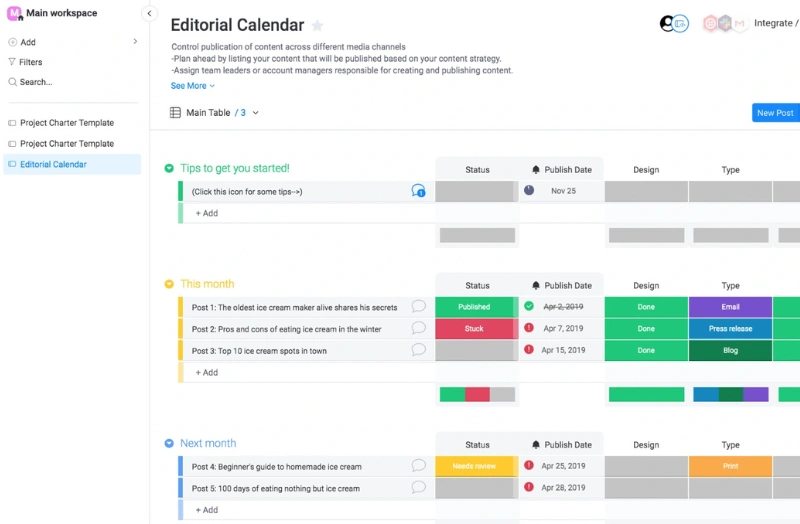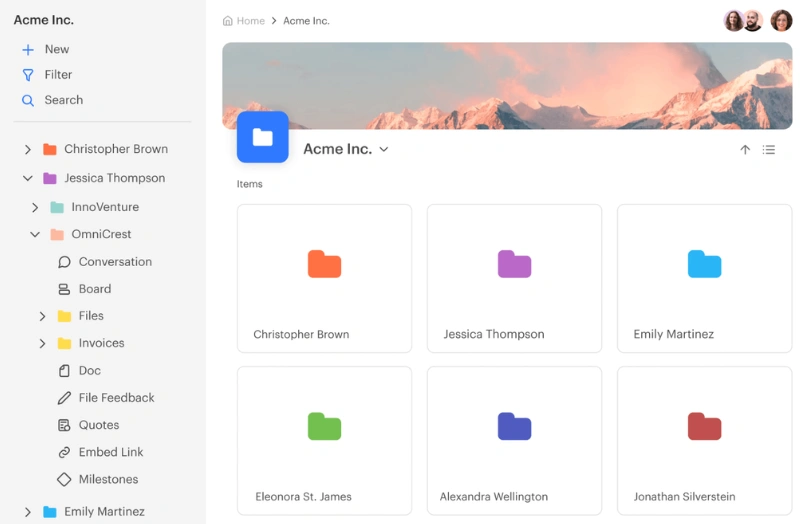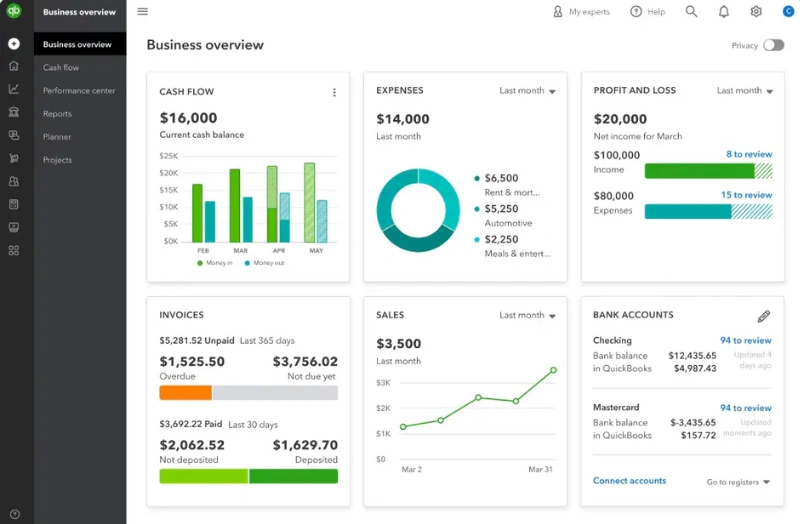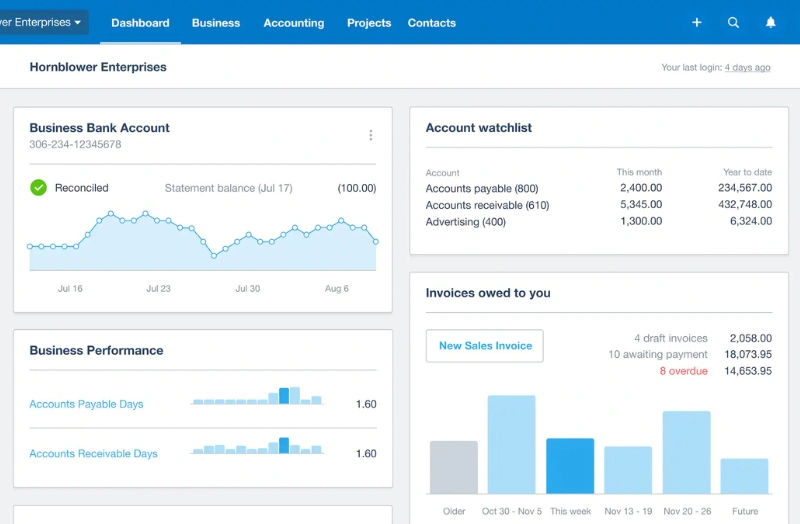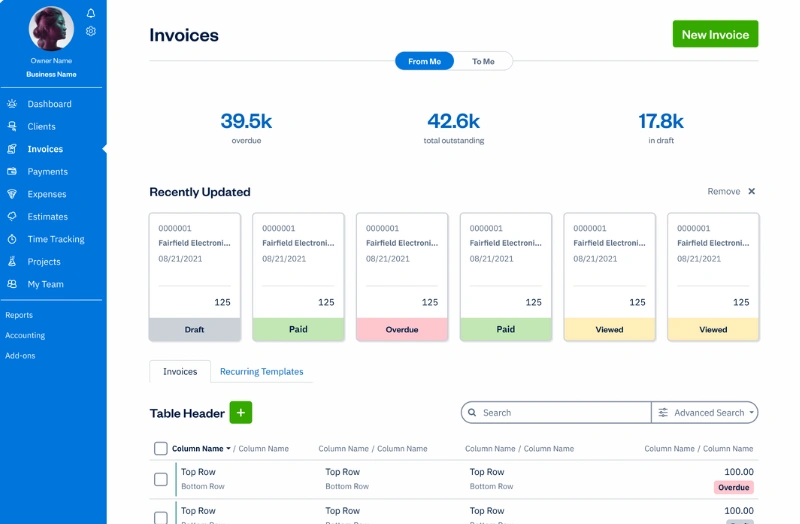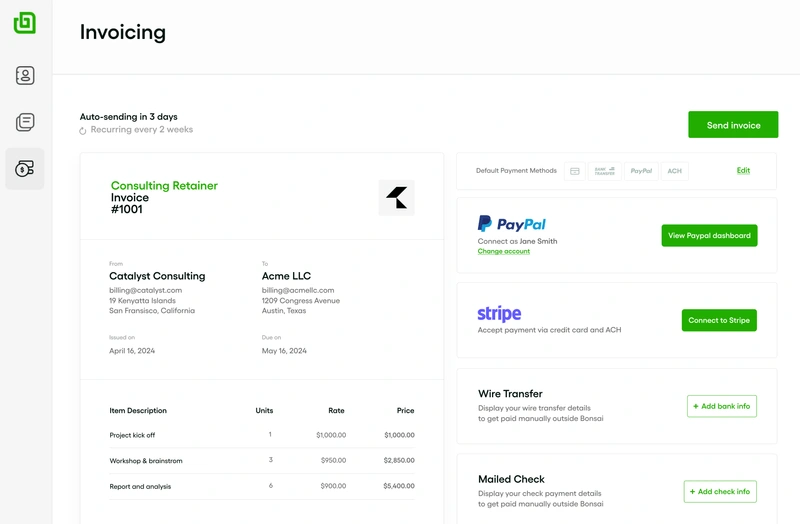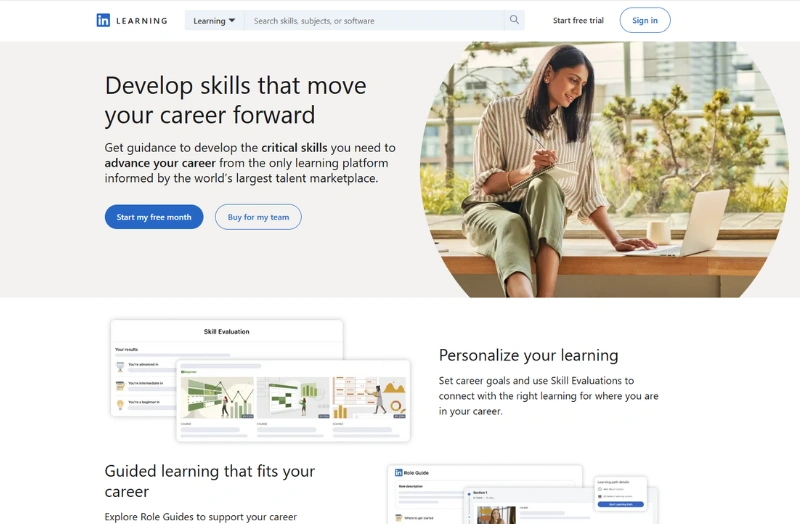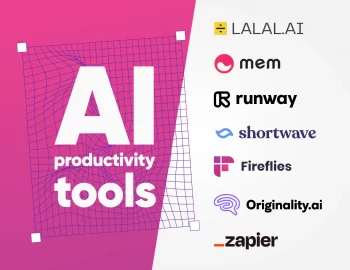You did it! You started your own creative agency! As it often happens, though, probably not everything goes as smoothly as planned. So now you’re wondering what’s wrong, whether you’re missing something, and what (and how) to do to run your creative agency successfully.
It’s a bummer, isn’t it? Running your own creative business sounded pretty cool, but in reality, it can be exhausting, stressful, and leave you on the brink of your sanity (especially at the start). You’re not alone, though, many agency owners struggle to find the balance between creativity and business operations.
Well, I’m here to tell you that running a successful creative agency doesn’t have to feel like chaos. Or, at least, you can become the supreme commander of this chaos. And to help you out, I’ve covered the main aspects of how to run a creative agency destined for success and growth. Let’s check them out already!
1. Stay on top of trends and adapt your marketing
a.k.a. keep up or fall behind
If you want your agency to grow and thrive, staying ahead of industry trends isn’t optional – it’s mandatory. You must constantly adjust the technology your company uses and your creative strategies to the latest trends (not just in design movements but technology innovations, as well). The creative industry moves fast – blink, and you might miss a game-changing trend. What worked last year (or even last month, for that matter) may already be outdated.
So keep it real and make sure that you’re not just focused on the romantic vision you have of your agency. Regularly do your market research to stay up-to-date with the latest trends and technologies in the creative industry so you can adjust your marketing strategy and adapt your services to them while, of course, keeping your unique selling proposition, well, unique. What you want is to be in line with the market demand so you can offer adequate solutions but still keep your style.
And what exactly can you do?
- Follow industry leaders & publications. Subscribe to blogs, podcasts, and newsletters from top players in your niche.
- Regularly research the market to stay updated on the latest trends in your industry and adjust your marketing strategies and offered services.
- Stay in line with the newest technologies and tools to keep your business competitive (for instance, with the intense growth of TikTok users if you’re not offering related services you’re already falling behind). Also, build the habit of religiously upgrading your software, libraries, and plugins to their latest versions.
- Tap into social media trends. Online platforms are goldmines for spotting emerging trends. Follow relevant hashtags, join industry groups, and engage in conversations.
- Learn from your competitors. Keep an eye on what successful agencies are doing. What’s working for them? What’s getting engagement? Take notes and find ways to do it better.
Experiment and adapt. Trends change, but your agency shouldn’t blindly follow every new thing. Keep in line with what’s trending right now and then test new strategies, measure results, and make alterations if necessary. And then? Repeat until you get the results you’re going for. You never know where the rabbit will come from – by trying out new tendencies you might find a niche you never thought of conquering, discover new profitable clients, or simply uncover a new direction to widen your agency’s services and horizons.
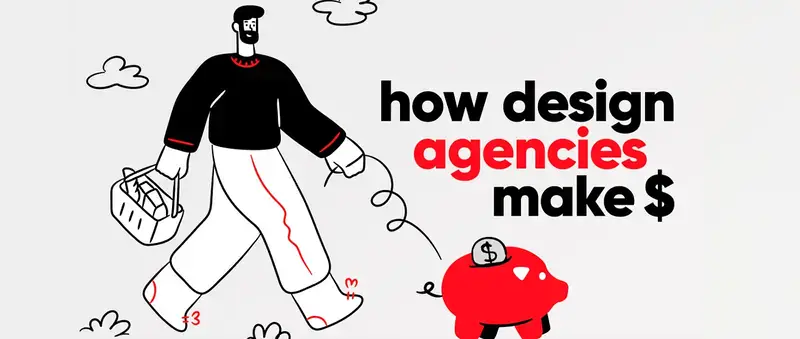
2. Managing operational challenges like a Pro
a.k.a. work smarter, not harder
Let’s be real – keeping everything running smoothly behind the scenes without the right systems in place can get messy. Missed deadlines, confusing communication, and endless back-and-forth emails? No thanks. Here’s how to streamline your operations, take advantage of project management systems, and keep your sanity intact.
1. Automate and simplify with tech
Still juggling projects in messy spreadsheets or tracking invoices manually? It’s time to use some tools to streamline your processes, improve efficiency, and eventually save yourself hours (and headaches). Here are some suggestions to consider:
- Project management tools: Asana, Trello, or Monday.com to track tasks and deadlines.
- Client communication & feedback: Kitchen.co for quick updates, Loom for video explanations, and Markup.io for visual feedback.
- Finance & invoicing: QuickBooks or FreshBooks to handle payments without the stress.
Most of these tools have super intuitive interfaces and are really easy to use.
2. Deal with miscommunications before they become disasters
Ever had a client say, “That’s not what I expected” after you’ve poured hours into a project? Miscommunication can ruin everything. So:
- Over-communicate early. Clarify project scope, deliverables, and deadlines in writing.
- Use collaborative tools like Notion, Kitchen.co, or Miro to keep everyone aligned.
- Confirm, confirm, confirm. Recap meetings in follow-up emails to make sure nothing gets lost in translation.
3. Set up a foolproof client onboarding process
A rocky start with a new client is something no company wants. So, try to make onboarding smooth and predictable by setting clear expectations from day one.
- Create a welcome packet outlining your process, timelines, and what you need from them.
- Use an onboarding checklist to ensure every new client gets the same seamless experience.
- Automate intake forms with tools like Typeform or Google Forms to collect essential details upfront.
Most importantly, continuously evaluate and improve your processes and services. A well-organized agency runs smoother, delivers better results, and keeps both your team and clients happy. Get your processes tight now, and future-you will thank you soon!
3. Become a Financial management Jedi
a.k.a. money matters
Creative work is fun. Watching your creative agency run out of money? Not so much. Just like the Dark Force, if you don’t take control of your finances, they’ll take control of you – and I mean not in a good way. Profitability isn’t just about landing big clients; it’s about smart financial management and making sure your pricing actually supports your growth. Let’s break it down.
1. Analyze your expenses
The first thing you can do is to know what you’re paying for. Perform an internal audit to get a clearer idea of where you invest your resources and decide what is truly necessary, what can be dropped, or what tools to swap with a more sustainable version.
For example, if you’re using Adobe products you can consider switching to Affinity Designer as the first requires a subscription and has costly monthly fees while the latter is a one-off payment software. Or, instead of investing in different tools for project management, communication, and invoicing, you can use an all-in-one solution like Kitchen.co and save yourself some bucks.
2. Know your earnings (or regret it later)
Guesswork and gut feelings won’t keep your agency afloat – you need hard numbers. So, it’s a really good idea to keep track of these key metrics:
- Revenue & Profit Margins: Making money is great, but how much of it are you actually keeping? Profit margins vary based on the agency’s size, location, services, etc, but generally, a small creative agency aims for about 15-20% net profit to stay sustainable.
- Cash Flow: Even if you’re profitable on paper, late-paying clients can choke your business. Try using accounting tools like Xero, QuickBooks, or Wave to track your cash flow.
- Operational Costs: From software subscriptions to team salaries, keep a close eye on expenses and bravely cut unnecessary ones. You’re the boss, after all!
Bonus tip: Increase your cash flow by earning passive income. The greatest thing about passive income is that you continuously get paid for something you’ve already done. Think about adding a blog if you still haven’t and then you can sell advertising space on it. Or you can think about what you have already created that you can sell. For example graphics, printables, templates, whatever you have, I’m sure you have the right resources to offer as digital products and thus have another income stream.
3. Price smart – profitable & competitive
Underpricing is the fastest way to burnout. If you’re constantly busy but barely breaking even (been there, you don’t want it, trust me), it’s time to rethink your pricing strategy. Here’s what you can do:
- Know your worth: Research market rates on platforms like Glassdoor or Upwork to stay competitive.
- Use value-based pricing: Instead of charging just for time, charge based on the results and impact of your work.
- Overhead costs: That’s something that most people forget about, so hear me good – your pricing needs to cover more than just labor, it should account for software, taxes, rent, and business growth.
Bonus tip: Test different pricing models – hourly, project-based, or retainer – and see what works best for your agency and clients.
4. Get paid (on time, every time)
Chasing invoices isn’t a fun sport. So here’s what you can try to avoid cash flow nightmares:
- Set clear payment terms upfront. Require deposits (30-50% is standard).
- Automate invoicing with FreshBooks or Bonsai, for example.
- Use smart tools that work in your interest. Kitchen.co for example is both a communication and project management solution and has an option that allows you to collect your payments more efficiently as clients have to pay first to receive the final product.
- Enforce late fees. If clients know there’s a penalty, they’ll be less likely to delay payments.
As Meja once sang “It’s all ‘bout the money, It’s all ‘bout the dum dum da da dum dum”, or interpreted for our case – a creative agency can’t thrive on passion alone. It needs solid financial management to stay profitable. Price smart, track everything, and never work for free.

4. Hiring and managing your Dream Team
a.k.a. how to be the best boss
Your agency is only as good as the people behind it. A strong team equals a thriving agency.
But finding the right talent, managing employees effectively, and fostering their growth? That’s where many business owners stumble. And I mean too many. While all you need is just a little bit of psychology, some empathy, and basic knowledge of nuclear physics. Just kidding, here’s how to hire smart, lead well, and keep your team motivated.
1. Hire for fit, not just skill
Creative skills are teachable. Culture fit, work ethic, and adaptability? Not so much. When hiring, look beyond the portfolio – seek problem-solvers, team players, and people who align with your agency’s vision. So, what can you do?
- Define your non-negotiables. What traits make someone a great fit for your agency? Clear expectations help you hire right the first time.
- Test before you commit. A small paid project or trial period helps ensure they can deliver before you make it official.
- Look in the right places. Beyond LinkedIn and job boards, try niche sites like We Work Remotely (for remote talent) or Dribbble (for designers).
2. Lead like a boss (not a micromanager)
Nobody likes being micromanaged. Great leadership means setting clear expectations and then trusting your team to execute. So,
- Use the right tools to keep things on track, be it ClickUp, Slack, Notion, or whatever – the idea is to streamline collaboration.
- Give feedback often. Don’t wait for annual reviews – regular check-ins prevent small issues from becoming big ones.
- Encourage ownership. Let your team make decisions and own their projects. The more autonomy they have, the more invested they’ll be.
3. Listen to your employees
Ask your employees what they think could be improved and how (especially as probably they have different specializations and tasks and therefore views than you). Brainstorm together how you can improve the processes, what tools they might use to get the work done better or faster, what eats up their time, and how to overcome it. You don’t have to agree to everything but their insights are a valuable resource you can use to improve your agency’s workflow.
4. Invest in growth (because stagnation kills motivation)
If your team feels stuck, they won’t stick around (at least I wouldn’t). Show them there’s room to grow and they’ll grow your agency in return. Try to stimulate continuous learning, aligned with the evolving needs of consumers and the changing trends. What to do:
- Provide learning opportunities. Offer access to courses like Skillshare or LinkedIn Learning to sharpen their skills.
- Create a career path. Help employees see their future within your agency, whether it’s leadership roles or specialization tracks.
- Celebrate wins. Recognition goes a long way – whether it’s a simple shoutout or a well-earned bonus, appreciation fuels motivation.
Bonus Tip: You can also outsource some tasks and delegate admin work, for example, to virtual assistants, or hire freelancers when dealing with bigger projects to help your team.
A happy, skilled, and motivated team is your agency’s biggest asset. Hire wisely, lead with trust, and create an environment where your team can thrive.
5. Managing clients
…a.k.a. how to keep them happy, set boundaries, and build long-term relationships
Clients are the lifeblood of your creative agency, but let’s be honest – managing them isn’t always easy. Scope creep, unrealistic expectations, and late feedback can turn even the best projects into torments. The key? Clear communication, firm boundaries, and a client experience that keeps them coming back. Here’s how to do it right.
1. Set expectations from day one
A stressy project often starts with unclear expectations. So, be crystal clear about deliverables, timelines, and revisions before any work begins.
- Use contracts where you outline the project scope, deadlines, and payment terms.
- Define the revision process. Unlimited revisions? Nope. Set a limit upfront to avoid endless back-and-forth.
- Be upfront about communication. Let clients know how and when they can reach you – and stick to those boundaries.
2. Keep communication smooth (and professional)
The easiest way to keep clients happy? Regular updates. They should never have to wonder about the status of a project. So, schedule check-ins (a quick weekly update, for example), use a single communication channel (be it email, a communication tool, texts, whatever works for you), and always summarize meetings (a simple follow-up email outlining the key points of it should do).
3. Handle difficult clients like a champ
Not every client is a dream client. Some will push boundaries, demand more than agreed, or disappear when it’s time to pay. Here’s how to manage tricky situations:
- Scope creep? Refer back to the contract and politely remind them of the agreed-upon scope. If they want more, offer a paid add-on.
- Late payments? Send a firm (but professional) reminder, and if needed, pause work until payment is received.
- Unclear feedback? If a client keeps saying, “I don’t like it, but I don’t know why,” guide them with specific questions: “What do you like/dislike? Which direction feels better?”
4. Don’t be afraid to ask for feedback on your services
Once you’ve completed a project for a client it’s important to get feedback from them so you can have a clear understanding of what it’s like for them to work with your agency. Ask what they liked and disliked, whether anything was frustrating in the process, whether they’re happy with the communication you’ve kept, etc. Then you can review those pain points and see what you can improve while the positive reviews you can use as testimonials to reinforce your business’s credibility.
Bonus advice: Attract bigger & better clients
Instead of chasing more clients, focus on attracting higher-value projects. You can choose to refine your niche as specializing makes you more desirable and allows you to charge premium rates. Another thing (super helpful) is to use the power of case studies – they’re a great way to inspire trust and show potential clients the measurable impact of your work.
Oh, and if you have the guts (and experience) for it, you can also boost your agency’s visibility by speaking at industry events, appearing on podcasts, or publishing thought leadership content.
All in all, happy clients become repeat clients. Set clear expectations, keep communication tight, and don’t be afraid to stand your ground when needed.
The bottom line?
Running a creative agency isn’t all coffee-fueled brainstorms and client high-fives (though those are great). It’s about staying ahead of trends, tightening your operations, managing money wisely, building a rockstar team, and keeping clients happy – while still having a life.
The secret? Work smarter, set boundaries, and never stop learning. Get your processes in place, charge what you’re worth, and scale with intention. Do that, and your agency won’t just survive – it’ll thrive.
Now go make some creative magic happen!



